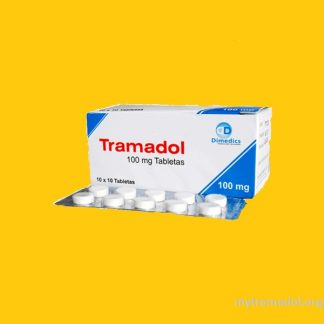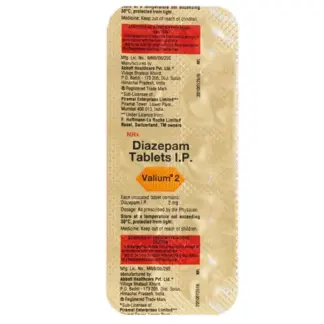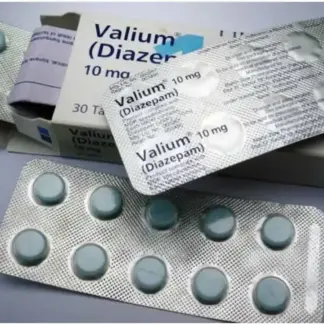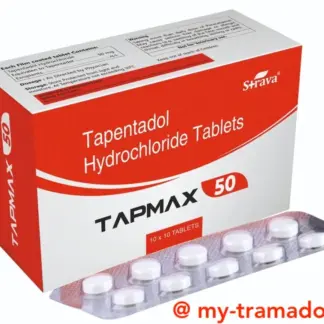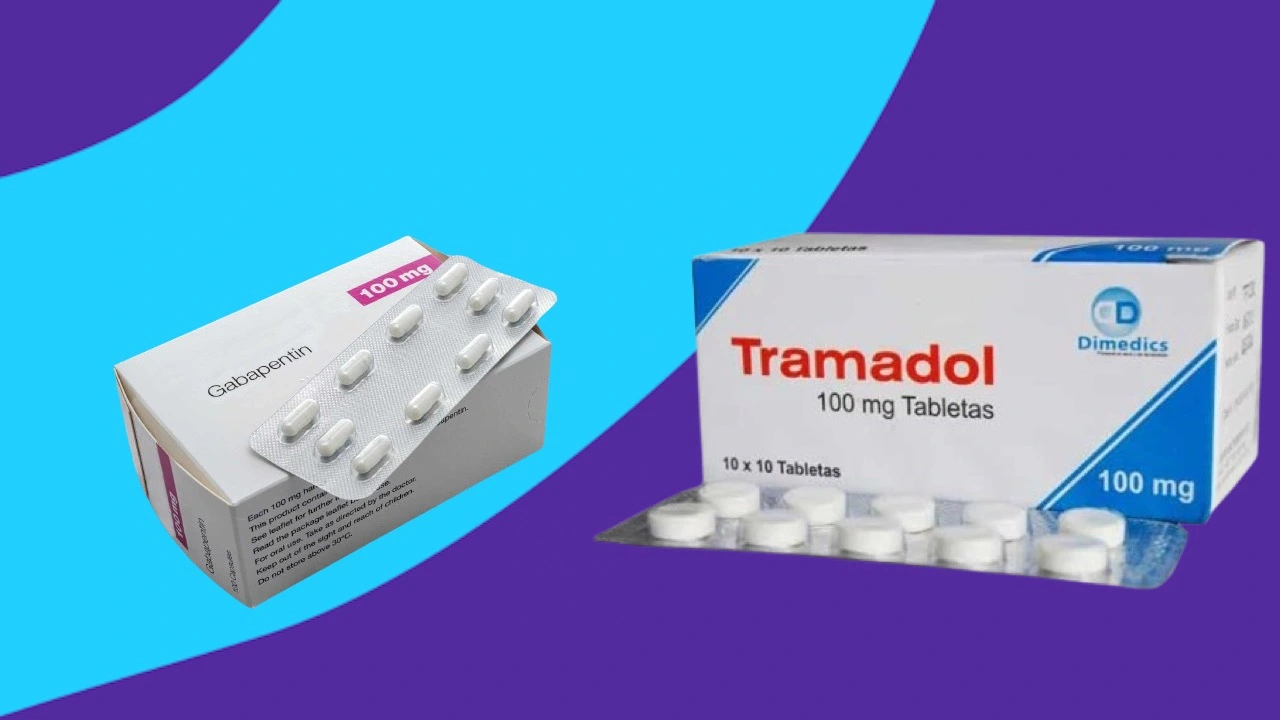
One such combination that has garnered attention is the use of gabapentin and tramadol, two medications with distinct mechanisms of action. This My Tramadol article delves into the intricacies of this painkilling duo, shedding light on their individual properties, potential benefits, and important considerations for safe and optimal use.
What is Gabapentin?
Gabapentin is an anticonvulsant medication primarily used in the treatment of neuropathic pain, a type of nerve pain that can be challenging to manage. It works by modulating the activity of certain neurotransmitters in the central nervous system, thereby reducing the transmission of pain signals. Gabapentin is also approved for the treatment of conditions such as restless leg syndrome and seizures.
Exploring Tramadol: An Opioid Analgesic
Tramadol, on the other hand, is an opioid analgesic that acts on specific opioid receptors in the body. It is commonly prescribed for the management of moderate to severe pain, including chronic pain conditions. Unlike traditional opioids, tramadol also exhibits a weak inhibitory effect on the reuptake of certain neurotransmitters, contributing to its analgesic properties.
The Rationale Behind Combination Therapy
The combination of gabapentin and tramadol has gained traction due to their complementary mechanisms of action. While gabapentin targets neuropathic pain by modulating neurotransmitter activity, tramadol provides relief through its opioid receptor agonist properties. By combining these medications, healthcare professionals aim to achieve synergistic effects, potentially enhancing pain relief while minimizing the need for higher doses of either drug individually.
Potential Benefits of Combined Use
- Improved Pain Management: The combination of gabapentin and tramadol may offer superior pain relief compared to either drug alone, particularly in cases of severe or refractory pain.
- Reduced Opioid Dependence: By incorporating gabapentin, healthcare professionals may be able to lower the required dose of tramadol, potentially reducing the risk of dependence and opioid-related side effects.
- Enhanced Tolerability: Some patients may experience better tolerability with the combination therapy compared to higher doses of a single agent.
Important Considerations
While the combination of gabapentin and tramadol holds promise, it is crucial for healthcare professionals and patients to be aware of potential risks and precautions:
- Drug Interactions: Both gabapentin and tramadol can interact with other medications, potentially altering their effectiveness or increasing the risk of adverse effects. Careful monitoring and consultation with healthcare providers are essential.
- Central Nervous System Depression: The concurrent use of these medications may increase the risk of central nervous system depression, leading to drowsiness, impaired cognitive function, and respiratory depression. Caution should be exercised, especially in elderly patients or those with underlying respiratory distress conditions.
- Risk of Dependence: While gabapentin itself is not associated with a high risk of dependence, tramadol carries a risk of physical and psychological dependence. Close monitoring and adherence to prescribed dosages are crucial.
- Side Effects: Common side effects including dizziness, somnolence, nausea, and constipation. Healthcare professionals should educate patients on potential side effects and provide appropriate management strategies.
Comparing gabapentin and tramadol:
| Characteristic | Gabapentin | Tramadol |
|---|---|---|
| Drug Class | Anticonvulsant | Opioid Analgesic |
| Primary Use | Treatment of neuropathic pain, restless leg syndrome, seizures | Management of moderate to severe pain |
| Mechanism of Action | Modulates neurotransmitter activity in the central nervous system | Acts on opioid receptors and inhibits neurotransmitter reuptake |
| Risk of Dependence | Low | Moderate risk of physical and psychological dependence |
| Common Side Effects | Dizziness, somnolence, fatigue, peripheral edema | Nausea, constipation, dizziness, headache |
| Potential Interactions | Antacids, cimetidine, morphine | Selective serotonin reuptake inhibitors (SSRIs), monoamine oxidase inhibitors (MAOIs), carbamazepine |
| Precautions | Caution in patients with renal impairment, elderly patients, risk of respiratory depression when combined with other CNS depressants | Caution in patients with respiratory disease, head injury, increased intracranial pressure, seizure disorders |
| Where to Order Online? | Out Of Stoke | Buying Tramadol Online |
above table highlights the key differences and similarities between gabapentin and tramadol, including their drug classes, primary uses, mechanisms of action, potential risks, and important precautions to consider when using these medications.
Patient Education and Monitoring
Effective patient education is paramount when prescribing the combination of gabapentin and tramadol. Healthcare professionals should discuss the potential risks, benefits, and proper use of these medications. Regular monitoring for adverse effects, drug interactions, and signs of dependence is essential throughout the treatment course.
Conclusion
The combination of gabapentin and tramadol offers a promising approach to pain management, leveraging the distinct mechanisms of action of these medications. However, careful consideration of potential risks, patient-specific factors, and close monitoring by healthcare professionals are crucial to ensure safe and effective use. As with any medication regimen, open communication between patients and healthcare providers is vital to achieve optimal pain relief while minimizing adverse effects.

